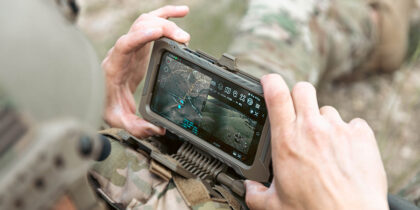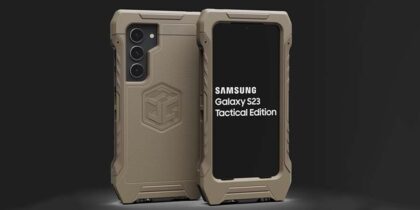This year’s TechNet Asia-Pacific Conference and Expo, co-sponsored by AFCEA International and AFCEA Hawaii, was a hotbed of debate among military, government and industry professionals. Much of the discussion was focused on defense challenges and how government and industry can collaborate to drive change in the coming year. From policies driven from the top to new solutions emerging from vendors, everyone was buzzing about what’s next in technology innovation.
Some of the key topics discussed in sessions and around the show floor that resonated with me in particular include:
Cybersecurity as a National Priority
As I’ve discussed over this past year, cybersecurity continues to be a top concern and administration priority with the recently announced National Cyber Strategy. Challenges such as defining endpoint security as Internet of Things (IoT) devices proliferate, alongside the persistent talent gaps in filling much-needed cyber positions, are culminating in a new environment that is making it difficult for the U.S. government to protect national interests in the digital world.
At TechNet, there was a lot of discussion around how to overcome shortcomings in today’s multidomain world. As reported by Signal, Vice Adm. Nancy Norton, USN, director, Defense Information Systems Agency (DISA) and commander of the Joint Force Headquarters Department of Defense Information Network, noted about the path forward, “We have to automate as much as we can in cybersecurity. If we have to rely on our users, we will fail.”
User behavior and issues like assured identity aren’t new, but they are critical points that still need to be fully addressed as work is done to strengthen the nation’s cybersecurity posture. That’s why Samsung has put so much effort into developing solutions like Samsung Knox, our defense-grade mobile security solution that protects data down to the chip level. The beauty of this approach is that it allows agencies to enjoy the benefits of mobility while having tighter control of mission-critical data, and without hampering the user experience.
A Need for Greater Interoperability
“We need to be able to understand the environment in which key decisions are being made — situational awareness of the cyber environment, the physical environment and the coalition partners out there,” said Capt. Allen Edmiston, USN, of the U.S. Indo-Pacific Command, in an event panel. This quote from the event defines much of the overall IT modernization challenge — agencies are investing in new technologies, but there is still work to be done to tie them all together strategically so the whole is greater than the sum of its parts.
Close the Skill Gap With Immersive Training
See how an immersive ecosystem can cut DoD costs and bring critical information to the mission edge. Download Now
Interoperability and keeping the operator connected to the objective wherever the mission takes them was a key consideration when developing the Galaxy S9 Tactical Edition, which we showcased at TechNet. This mission-ready smartphone was tailored for deployment in tactical environments by ensuring seamless integration with common tactical radios and peripherals so forces can do more with less. As we head into 2019, we anticipate continued adoption and integration between traditional communications systems with a range of smartphones, tablets, wearables and other devices and applications, resulting in seamless data-enabled missions.
Big Data Means Big Opportunities (and Challenges)
Speaking of data, panel experts discussed how artificial intelligence (AI) and machine learning will change the way the military operates. “I never met a dataset I didn’t like, and that is one of our biggest problems,” said Mike Henry of The MITRE Corporation. “I don’t expect that the data is ever going to plateau.”
To better turn data into insights, the President’s Management Agenda laid out earlier this year a new Cross-Agency Priority (CAP) Goal: Leveraging Data as a Strategic Asset and outlined strategies to drive the development and implementation of a comprehensive Federal Data Strategy. As federal workers collect increasing volumes of data faster via mobile devices and roll out advanced analytics applications such as AI, we’ll see greater need for secure, high-bandwidth and high-speed 5G networks. Samsung is already out leading on this front, delivering core elements integral to the development of 5G including the chipsets and network equipment, as well as building an end-to-end connected ecosystem together with partners and agencies.
These are just some of the issues top of mind for me coming out of the event. Were there any topics that stood out to you? I’d love to hear your feedback and I look forward to partnering with agencies to address evolving pain points as we bring new innovations to the table to solve government’s most complex security and workforce productivity challenges.
Learn how Samsung’s government mobility solutions can help federal agencies meet mission objectives.








